Antarctica might seem like an endless expanse of ice and snow, yet this remote continent offers surprising activities beyond the typical penguin watching and iceberg photography. The seventh continent has evolved from a destination solely for hardcore explorers to one with unique experiences for adventurous travelers willing to brave the elements.
Here is a list of 15 things you might not have realized you could do in Antarctica—each offering a distinctive way to experience this extraordinary frozen frontier.
Mail a Postcard
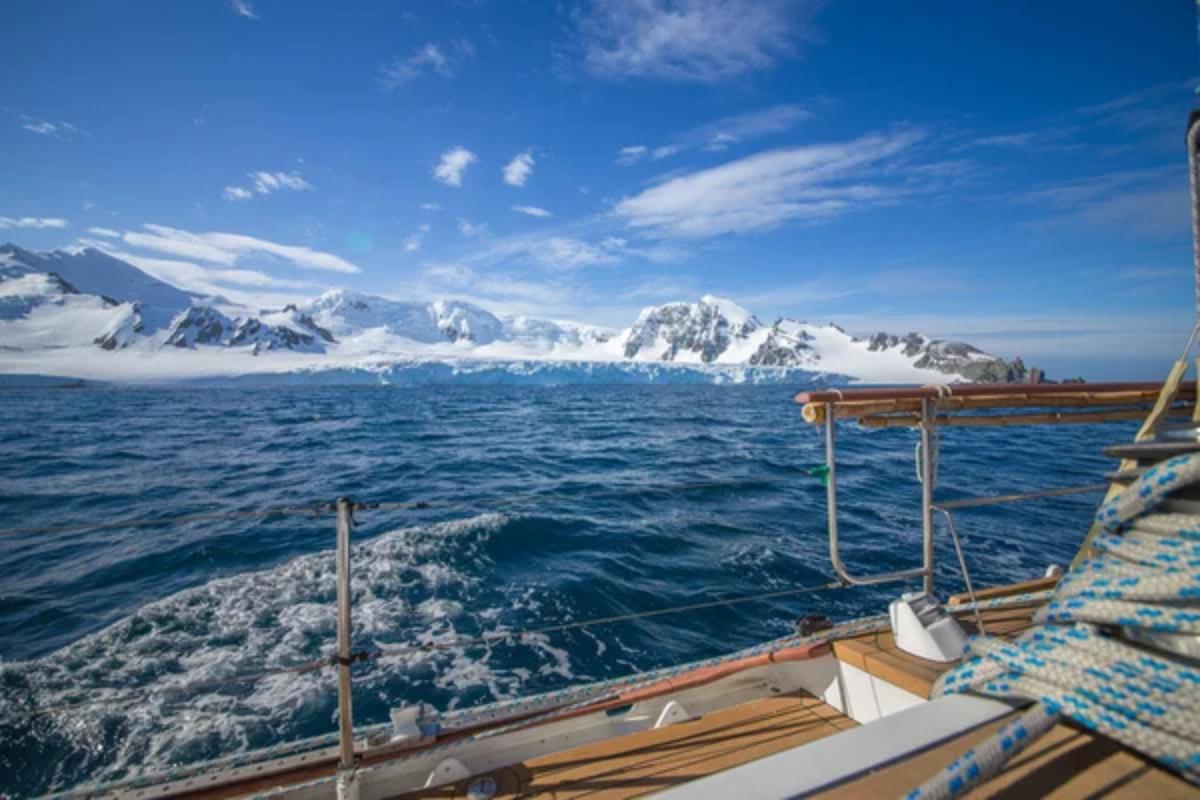
Port Lockroy hosts the southernmost operational post office on the planet, allowing visitors to send postcards from the Antarctic Peninsula to anywhere in the world. The vintage wooden building, originally constructed in 1944 as a British research station, now serves as a museum and functioning postal facility.
Your mail receives a coveted Antarctica postmark before embarking on its weeks-long journey to civilization—a truly unique souvenir that few travelers can claim. Staff members live on-site during the Austral summer to handle thousands of postcards sent by visitors eager to surprise friends with correspondence from the bottom of the world.
Take a Polar Plunge
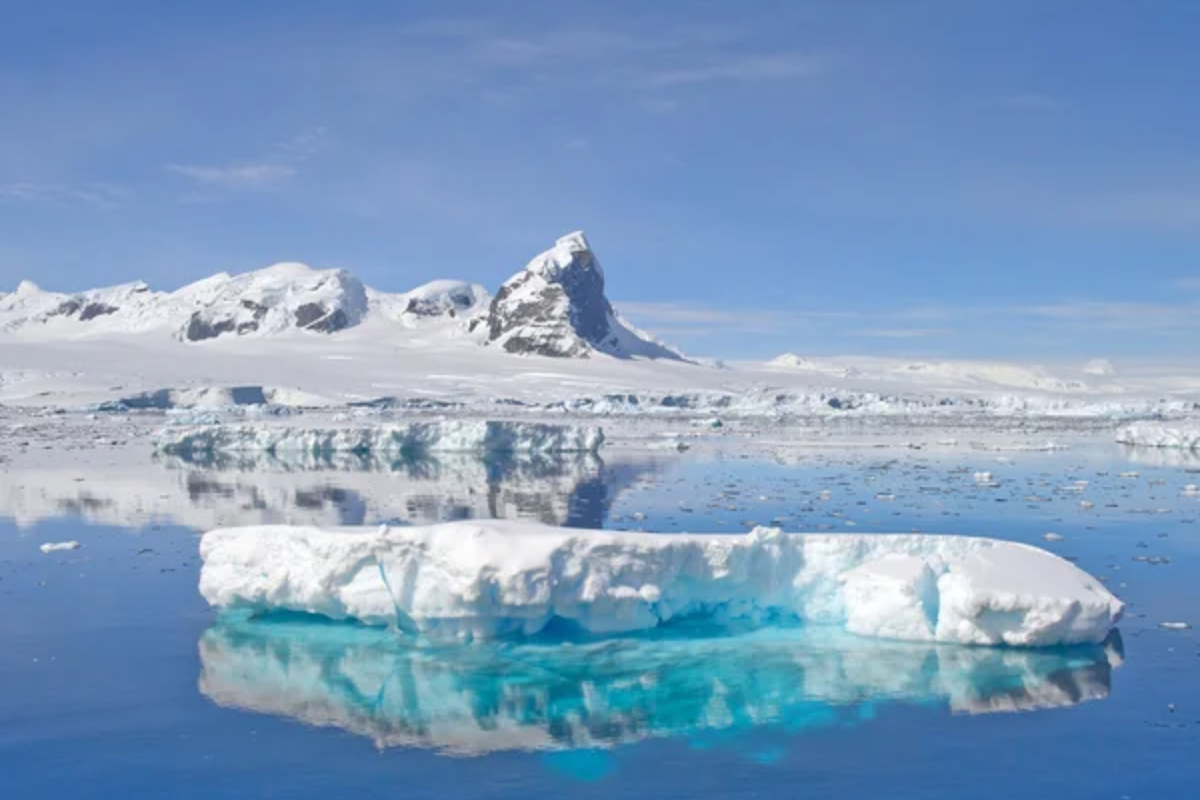
Brave tourists can participate in the Antarctic rite of passage known as the ‘polar plunge’—a quick but memorable dip in the frigid Southern Ocean. This exhilarating tradition involves jumping from expedition ships or designated shorelines into waters hovering just above freezing.
Most participants last mere seconds before scrambling out, yet the experience creates lasting memories and earns solid bragging rights. Safety crews stand ready with warm towels and hot drinks as newly-baptized ‘polar plungers’ emerge from waters that rarely exceed 30°F—making this perhaps the world’s most exclusive swimming experience.
Like Travel Pug’s content? Follow us on MSN.
Run a Marathon
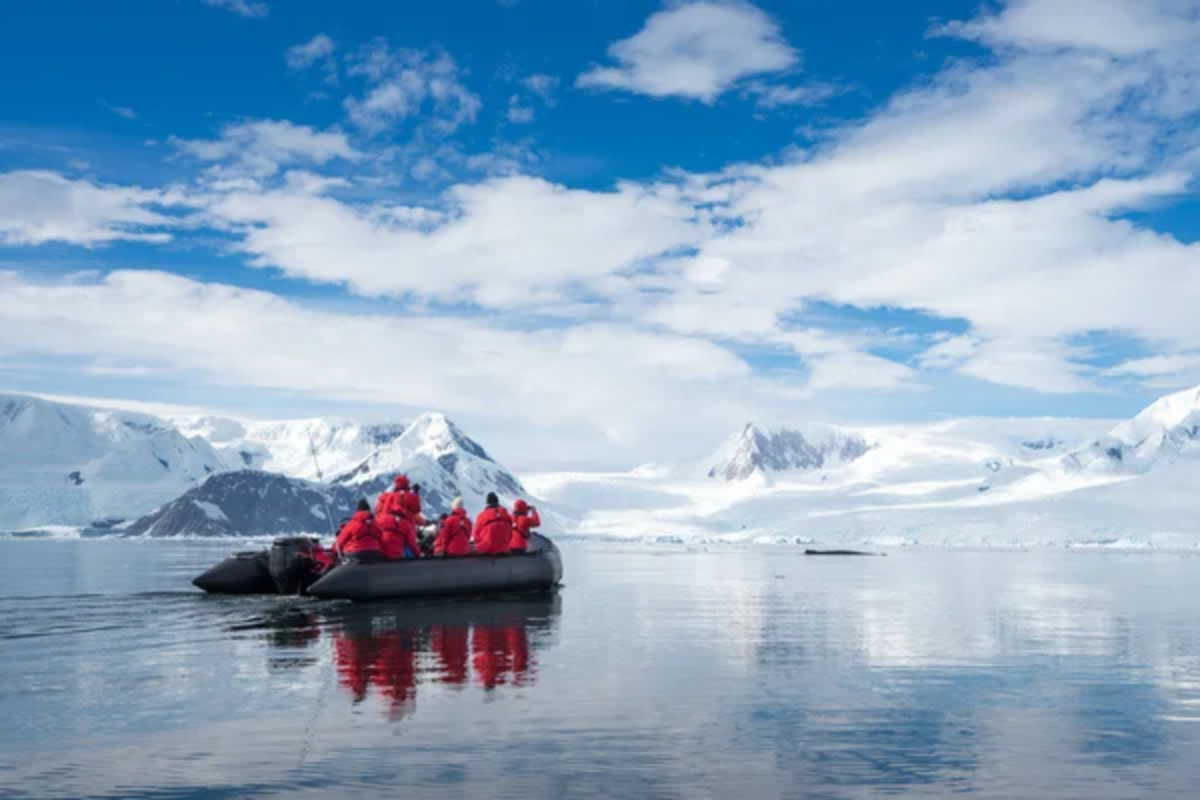
The Antarctic Ice Marathon offers runners the chance to complete 26.2 miles in one of the world’s most extreme environments. Held annually near the Union Glacier Camp, participants battle temperatures averaging 0°F while running across packed snow.
The race occurs at an elevation of 3,000 feet, adding thin air to the challenge of navigating a course that sits just 600 miles from the South Pole. Finishers join an elite club of athletes who’ve completed marathons on all seven continents—though none quite as demanding as this southernmost endurance test.
Climb an Antarctic Mountain
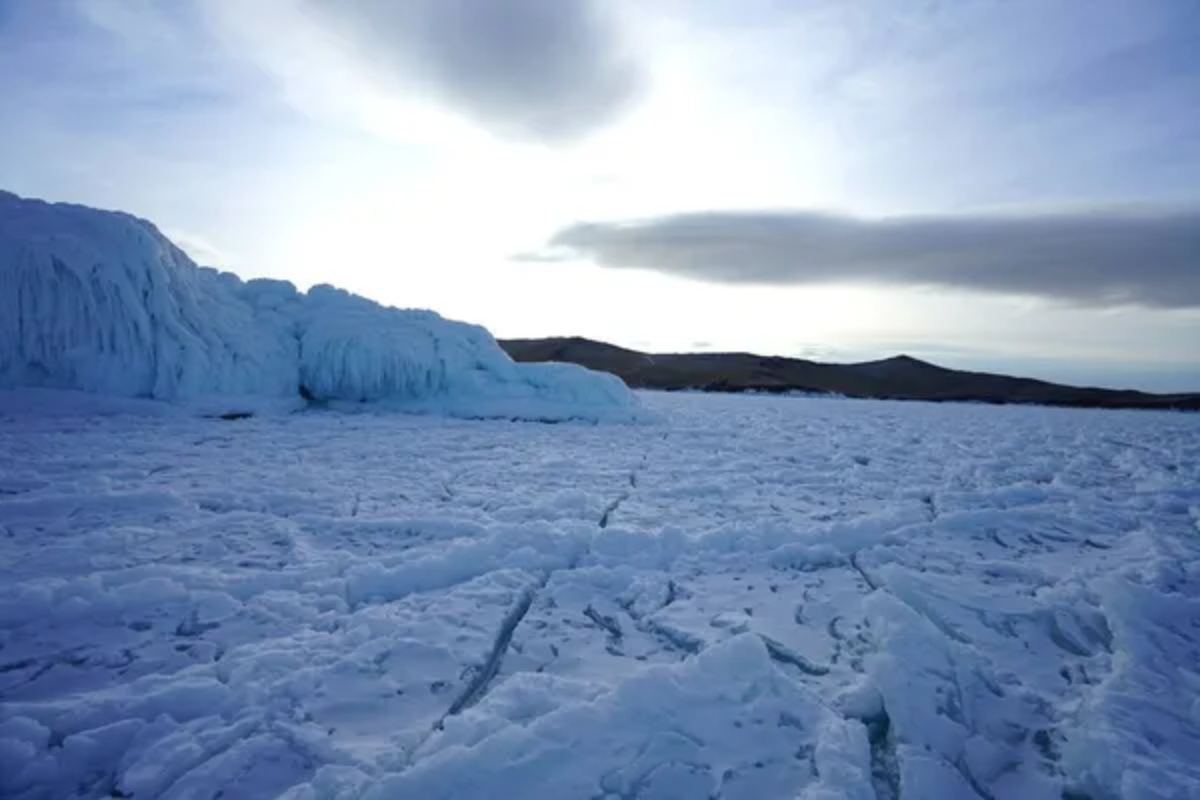
Mountaineers can tackle Vinson Massif, Antarctica’s highest peak at 16,050 feet, offering technical climbing in some of Earth’s most extreme conditions. Professional guides lead expeditions up this remote mountain, where temperatures regularly plummet below -40°F and winds exceed hurricane force.
The mountain’s remote location requires specialized air support, making this one of the least-climbed of the Seven Summits challenge. Climbers experience 24-hour daylight during the December-January climbing season—creating surreal summit photographs where shadows stretch endlessly across pristine ice fields.
Visit the Geographic South Pole
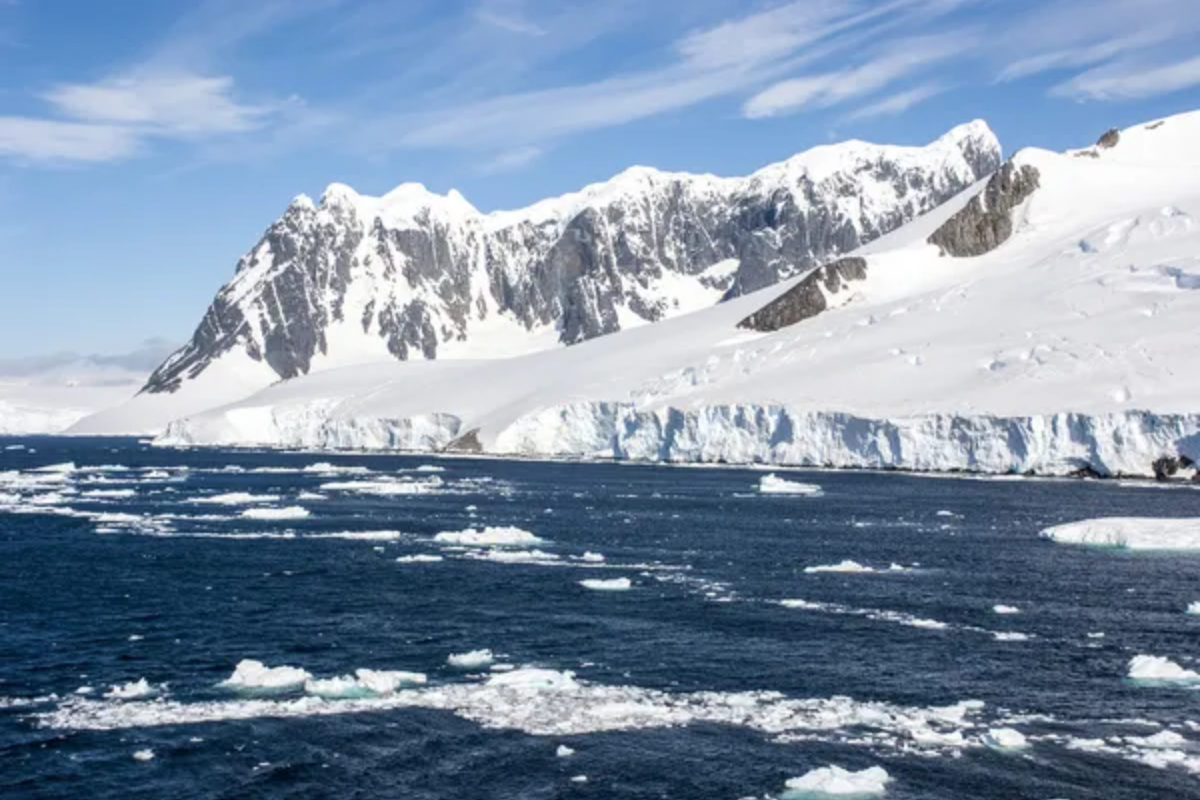
Specialized tour operators offer flights to the precise geographic South Pole, where visitors can walk around the Earth’s axis and visit the Amundsen-Scott research station. This exclusive journey takes travelers to the exact spot where all lines of longitude converge and the ceremonial pole marked by flags of the Antarctic Treaty nations.
The research station houses scientists year-round despite winter temperatures reaching -100°F, making it one of humanity’s most isolated outposts. Standing at this remote marker allows visitors to technically circumnavigate the world in seconds by walking around the pole—perhaps the shortest possible global circumnavigation.
Like Travel Pug’s content? Follow us on MSN.
Kayak Among Icebergs
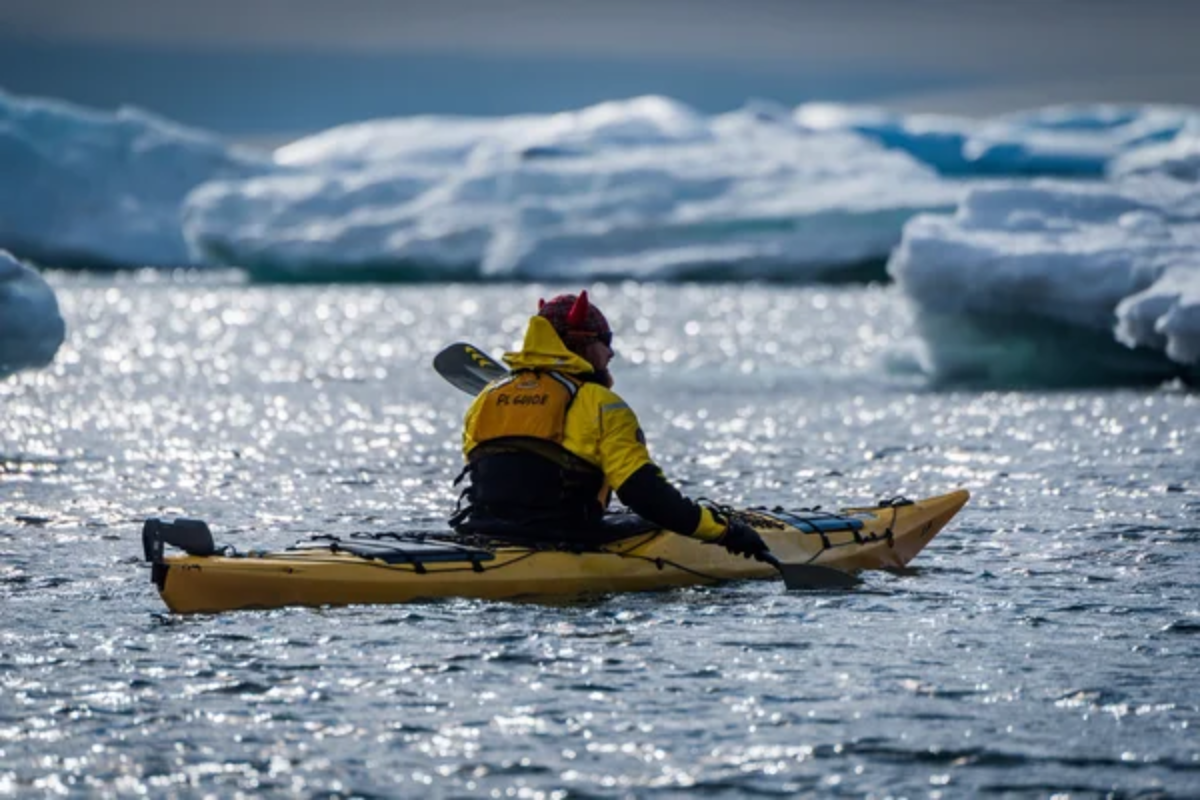
Guided kayaking expeditions allow visitors to paddle silently through Antarctica’s pristine waters, getting remarkably close to massive icebergs and marine wildlife. These excursions offer unprecedented intimacy with the landscape—floating at eye level with curious seals while icebergs tower overhead like frozen skyscrapers.
The absence of engine noise means that wildlife remains undisturbed, often approaching paddlers with natural curiosity. Many expeditions report that whales surface near kayakers, creating heart-stopping moments as these marine giants emerge beside the small craft.
Spend a Night Camping
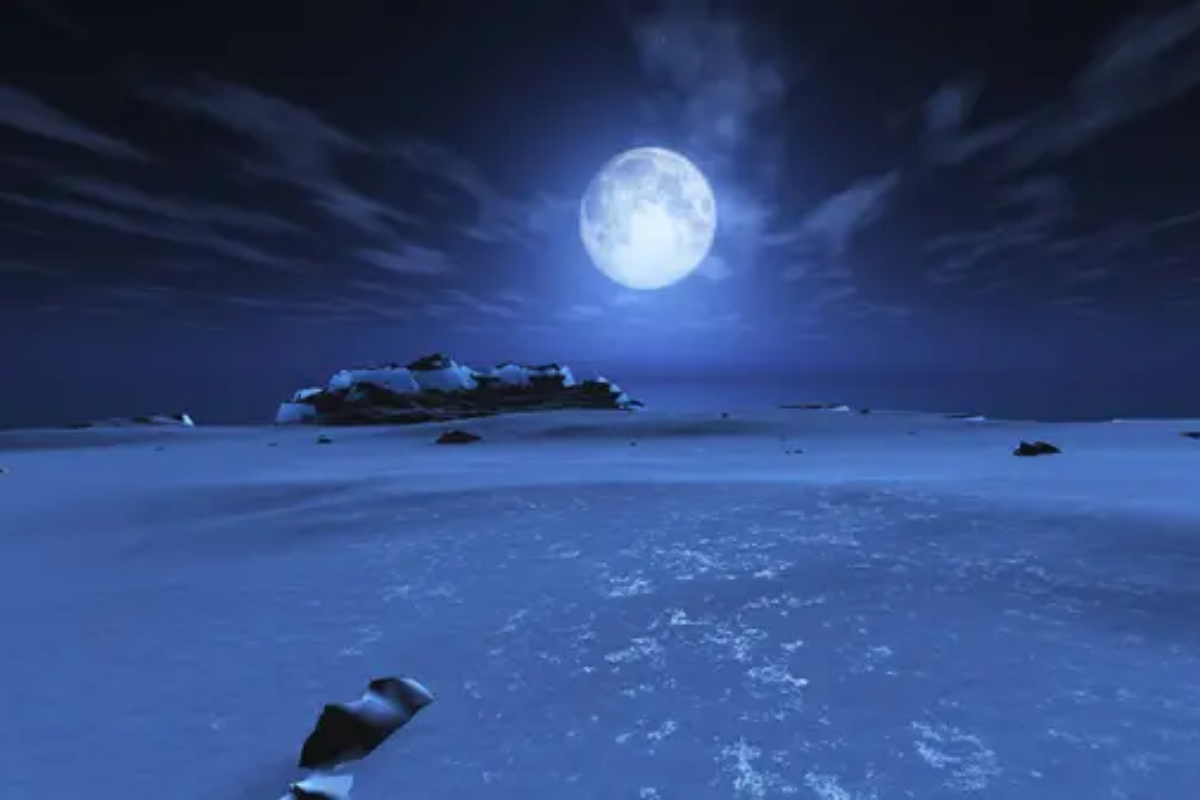
Several expedition companies offer overnight camping experiences on the Antarctic continent, allowing adventurous souls to sleep under the midnight sun. Participants dig shallow trenches in the snow for their specialized sleeping bags, experiencing the profound silence of an Antarctic night.
No tents are used—just bivy sacks and insulated mats separating campers from the ice below. The experience offers unmatched stargazing during shoulder season trips, though most summer visitors experience the surreal phenomenon of bedding down while the sun circles overhead, never actually setting.
Visit Emperor Penguin Colonies
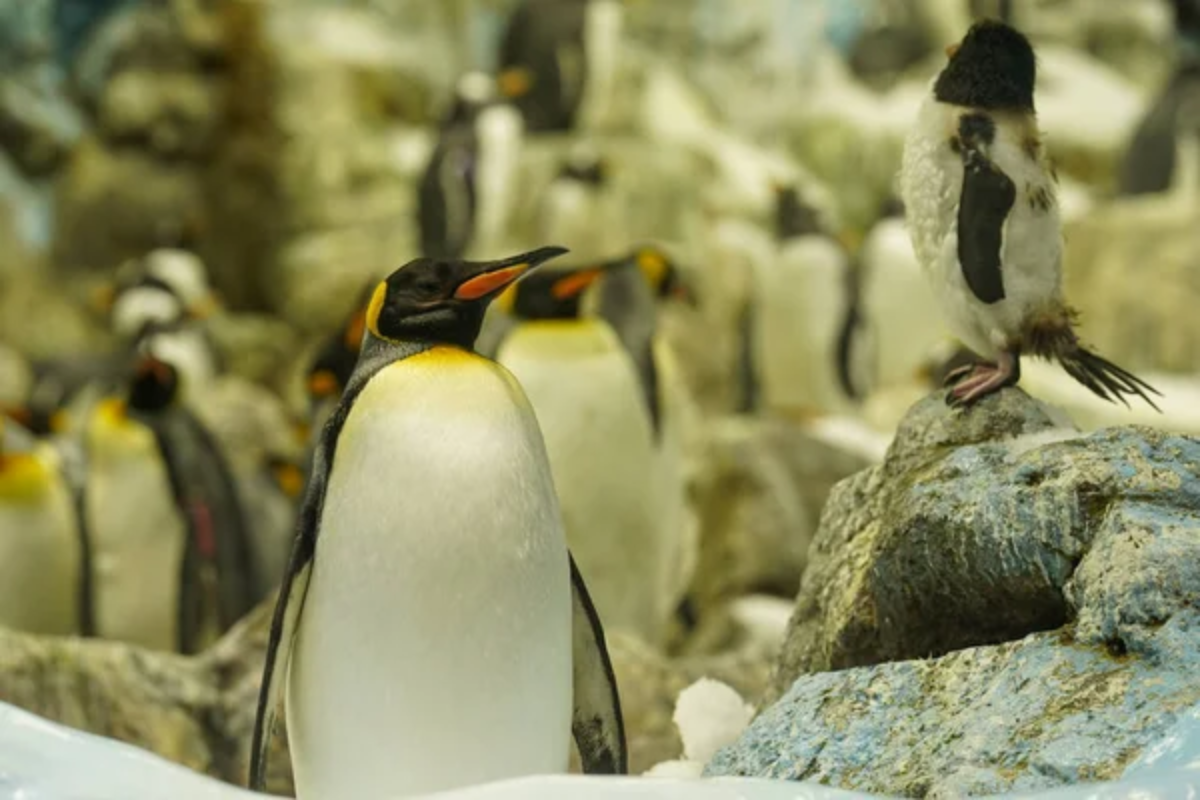
Specialized expeditions travel to remote emperor penguin colonies, where thousands of these remarkable birds gather to raise their young on the sea ice. These majestic creatures—standing nearly four feet tall—show remarkable indifference to human visitors, sometimes approaching within yards out of natural curiosity.
The journey typically requires helicopter transfers from expedition vessels, landing on sea ice that serves as the penguins’ breeding ground. Witnessing the complex social dynamics of these colonies offers insights into one of nature’s most extraordinary parenting arrangements, where males incubate eggs through the darkest Antarctic winter.
Like Travel Pug’s content? Follow us on MSN.
Explore an Active Volcano
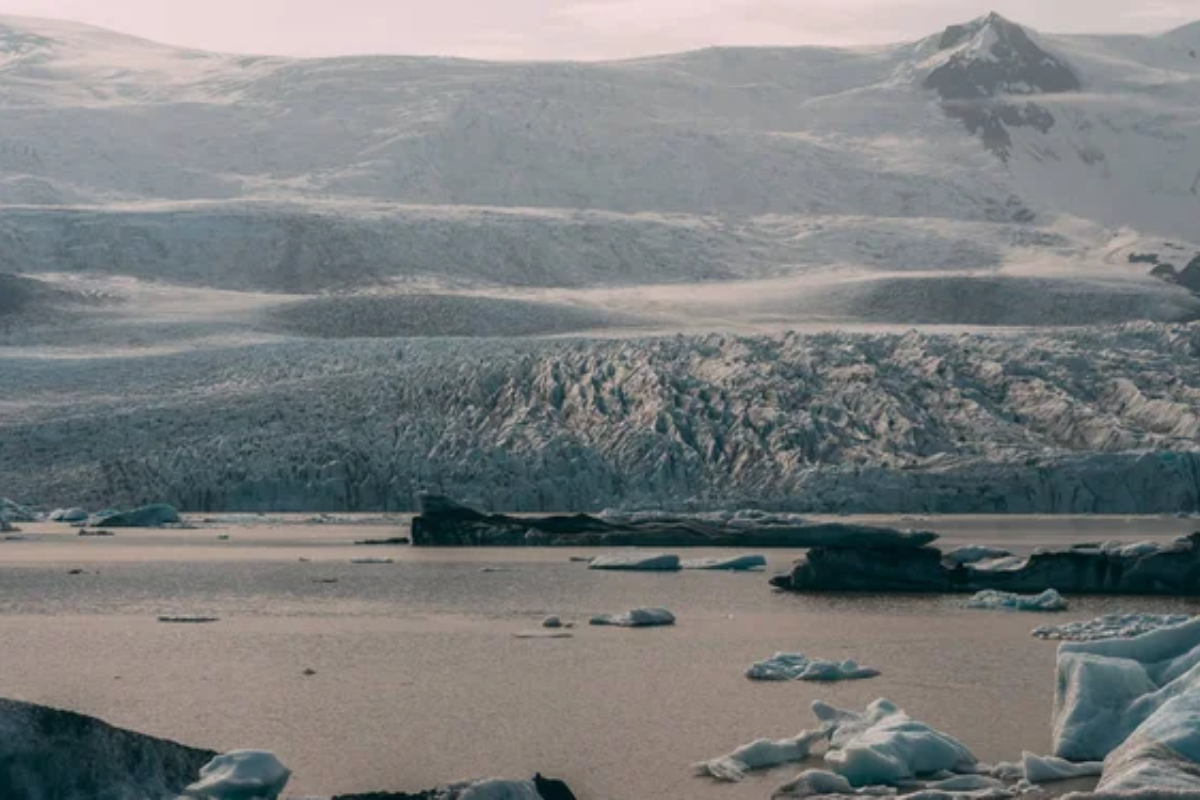
Mount Erebus, Antarctica’s most active volcano, offers guided climbing expeditions to its crater rim, where visitors witness bubbling lava lakes amid polar conditions. This remarkable mountain spectacularly combines fire and ice—steam vents punctuate snowfields while the crater houses one of Earth’s few persistent lava lakes.
The volcano rises 12,448 feet from Ross Island, creating a challenging multi-day ascent through varied terrain. Successful climbers experience the peculiar sensation of sweating from volcanic heat while surrounded by Antarctic cold—perhaps Earth’s most extreme temperature contrast.
Dive Beneath Antarctic Ice
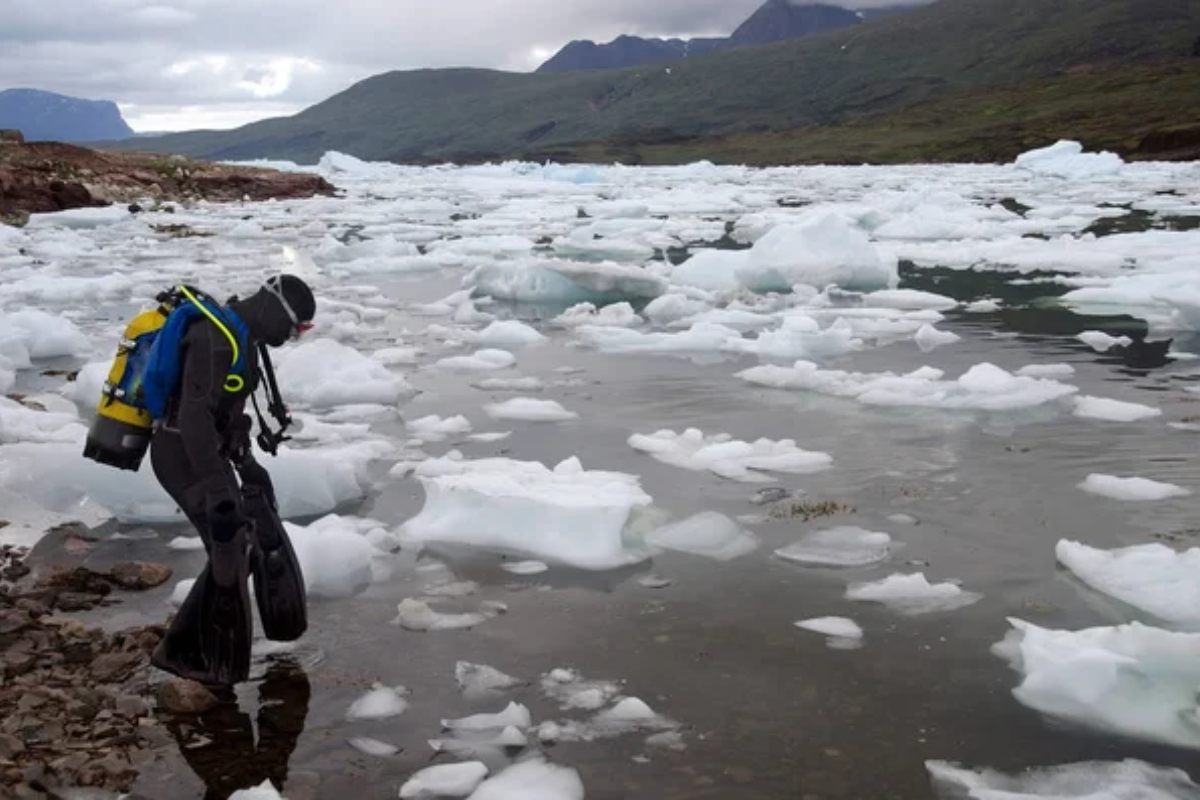
Specialized polar diving expeditions allow properly certified scuba enthusiasts to explore beneath Antarctic ice, revealing an alien underwater landscape few humans have witnessed. These dives showcase remarkable clarity—visibility often exceeds 300 feet through water so cold it appears hyper-blue.
Marine life includes bizarre creatures adapted to extreme conditions—from massive jellyfish to perfectly camouflaged icefish with antifreeze proteins in their bodies. Divers must use specialized equipment and techniques for these challenging conditions, yet the reward is access to Earth’s last truly pristine marine environment.
Take a Hot Air Balloon Flight
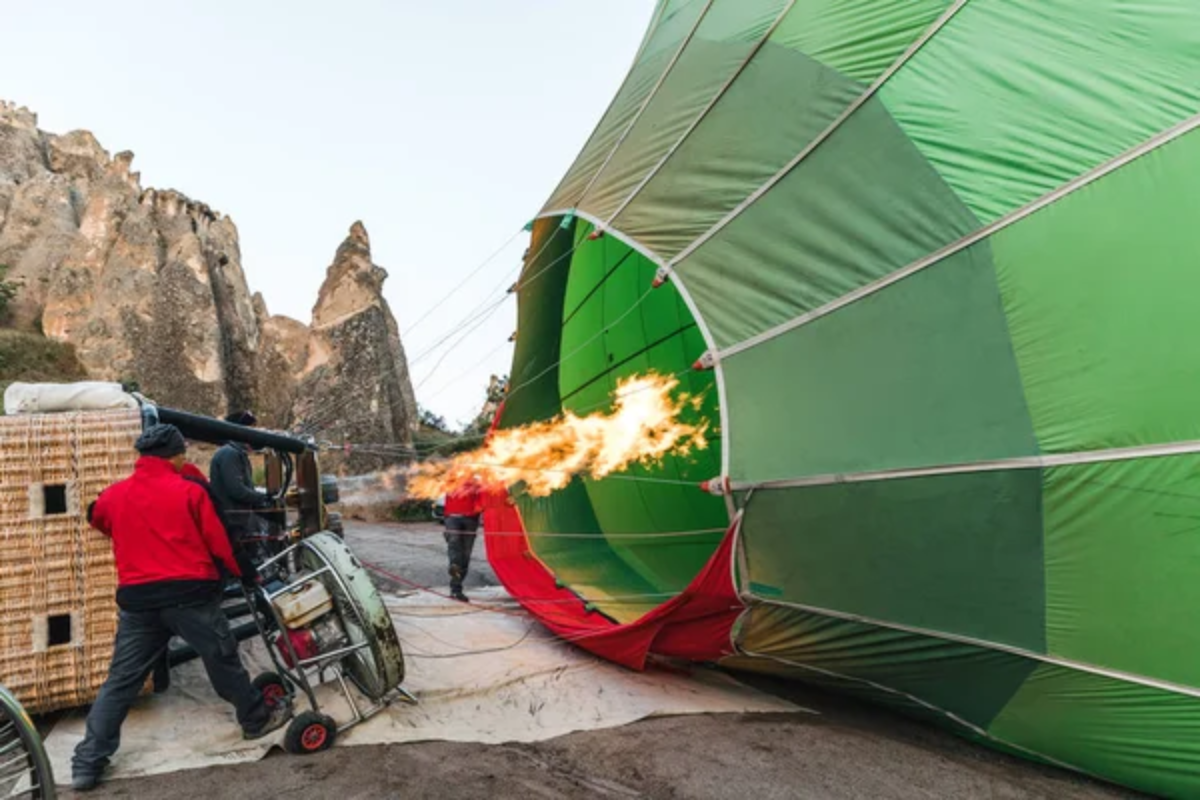
Weather permitting, certain expeditions offer hot air balloon rides over the Antarctic landscape, providing a silent, bird’s-eye perspective of this pristine wilderness. These rare flights typically launch from expedition ships or coastal areas during perfectly calm conditions, carrying passengers several hundred feet above the ice.
The contrast between warm air inside the balloon and the frigid Antarctic temperatures creates exceptional lift, making these flights remarkably smooth. Passengers experience the surreal sensation of floating silently above a monochromatic world where scale becomes impossible to judge—icebergs that seem massive from the ground appear like tiny chess pieces from above.
Like Travel Pug’s content? Follow us on MSN.
Visit a Scientific Research Station
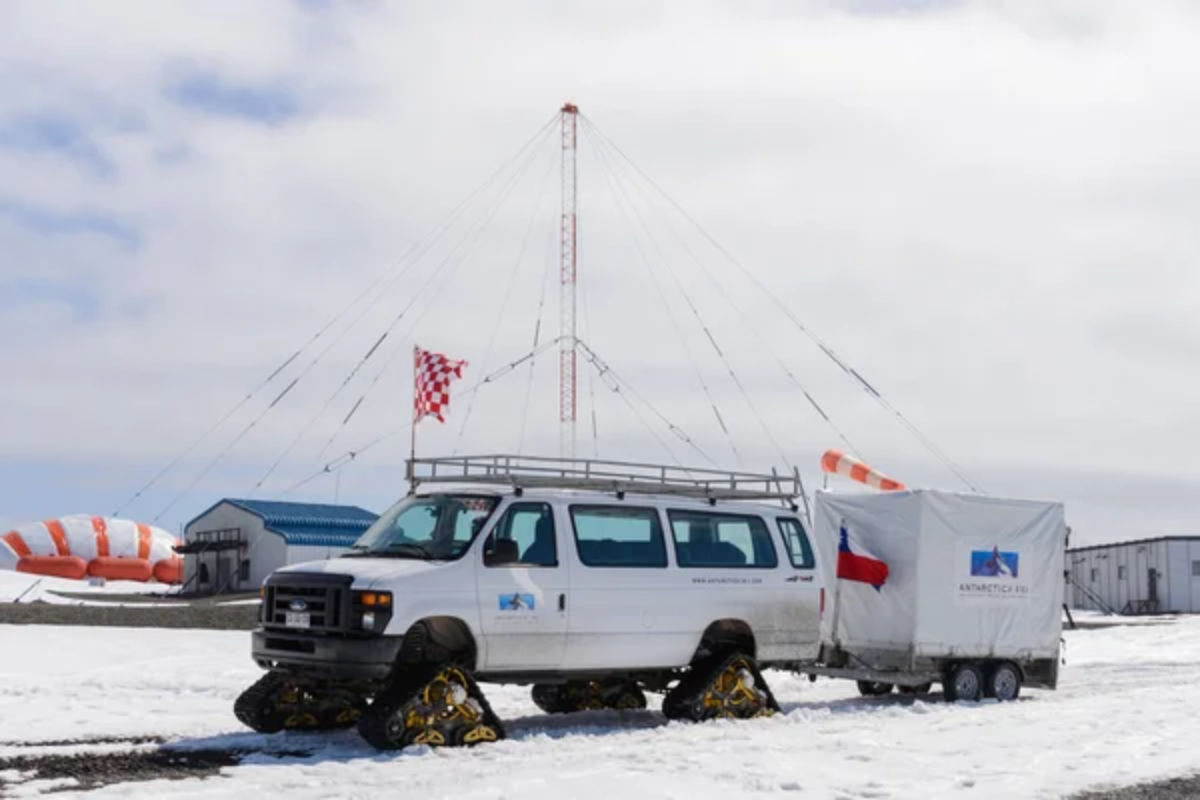
Many Antarctic research stations welcome visitors during the summer months, offering tours of their facilities and insights into cutting-edge science happening at the bottom of the world. These visits provide glimpses into daily life for the scientists and support staff who call Antarctica home for months or years at a stretch.
Station personnel typically share their research projects—from climate studies to astronomy—explaining how Antarctica serves as Earth’s premier natural laboratory. The stations range from utilitarian to surprisingly comfortable, with some featuring hydroponic gardens growing fresh vegetables amid the polar winter.
Cross-Country Ski to the South Pole
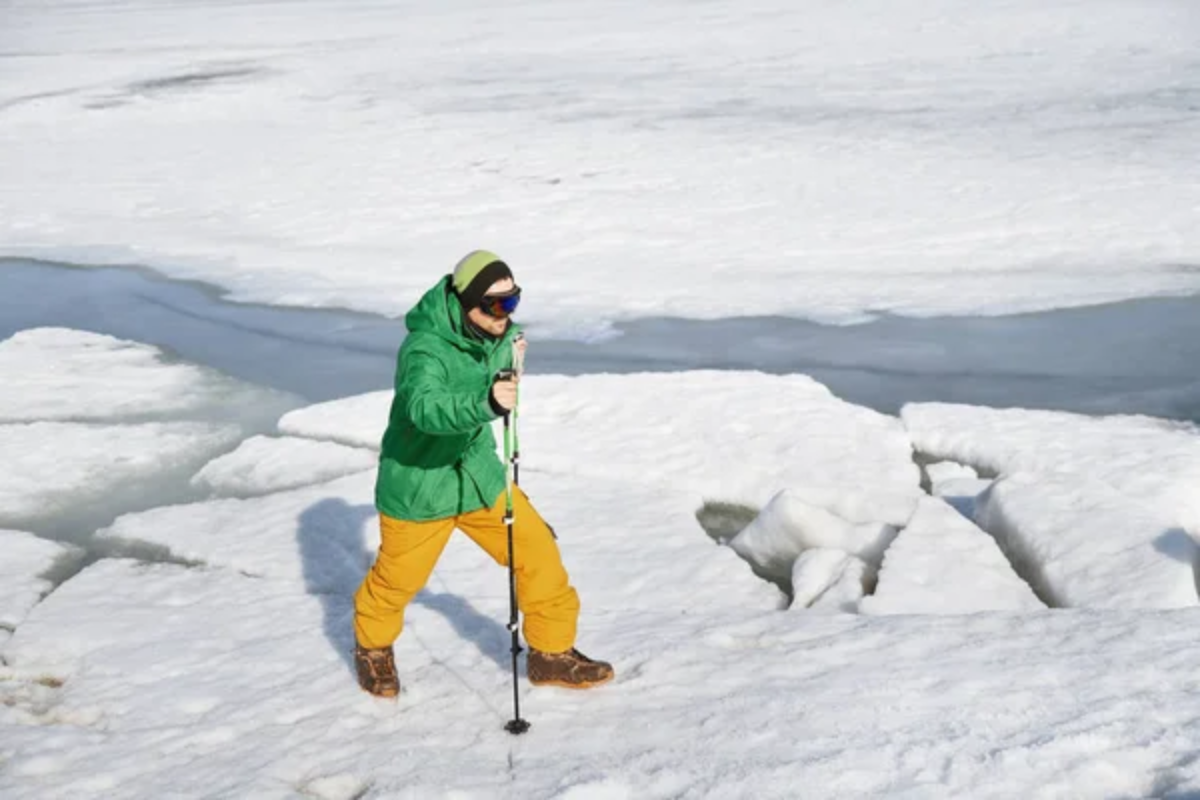
For the ultimate Antarctic challenge, experienced adventurers can join guided ski expeditions covering the last degree of latitude to reach the South Pole. These journeys typically cover 60 nautical miles across the polar plateau, pulling equipment sleds in temperatures averaging -25°F. Participants ski approximately 8-10 miles daily for about eight days, camping on the ice each night.
The expedition retraces routes taken by Antarctic pioneers like Amundsen and Scott, offering modern adventurers a taste of the challenges faced by early explorers—albeit with vastly improved equipment and emergency support.
Photograph the Southern Lights
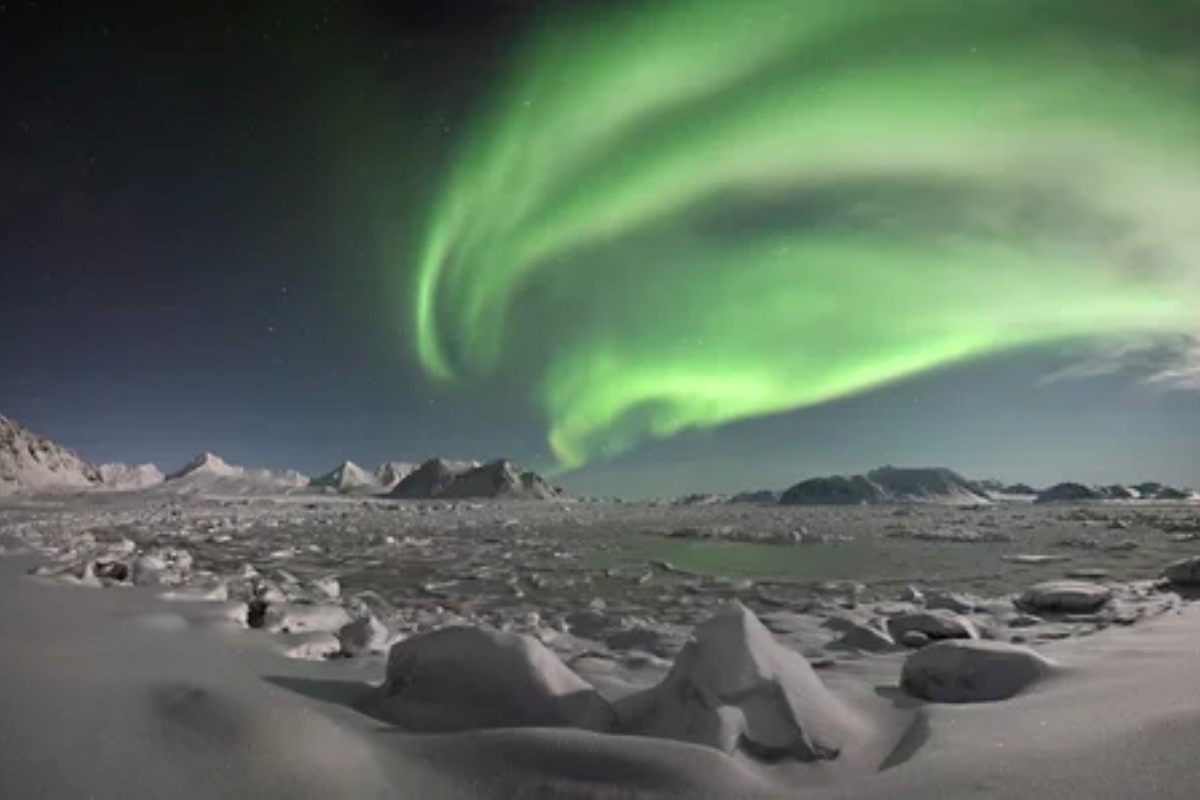
During the Antarctic winter and shoulder seasons, visitors have the chance to witness the aurora australis—the southern hemisphere’s equivalent of the northern lights. These spectacular light displays dance across the sky as solar particles interact with Earth’s magnetic field, creating curtains of green, purple, and red light.
The extreme darkness of Antarctic nights provides perfect viewing conditions without light pollution. Time-lapse photography reveals these lights in motion—shifting and pulsating across the sky above silhouetted icebergs and frozen landscapes.
Like Travel Pug’s content? Follow us on MSN.
Visit Historic Explorer Huts
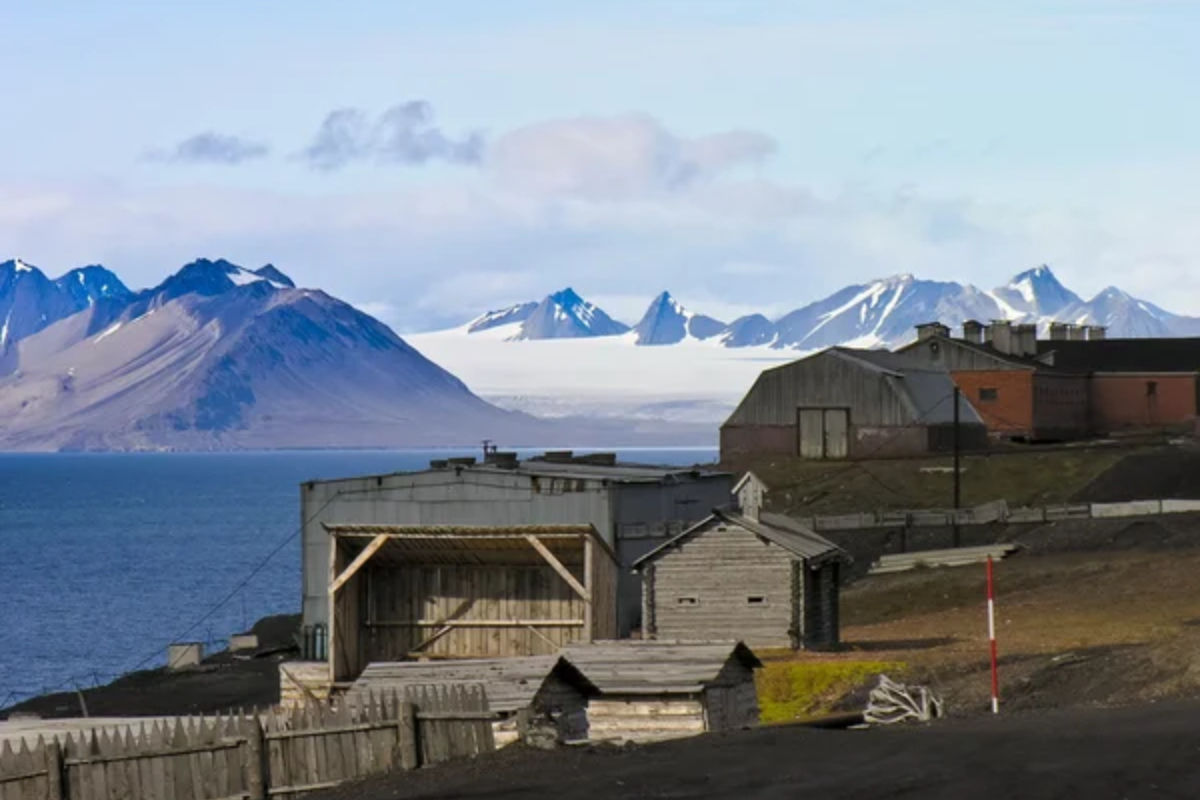
Several well-preserved huts from Antarctica’s Heroic Age of Exploration remain intact, offering visitors a remarkably personal connection to polar history. The most famous include Shackleton’s hut at Cape Royds and Scott’s huts at Cape Evans and Hut Point—each appearing much as they did when abandoned over a century ago.
The dry, cold conditions have perfectly preserved everything from canned food to socks hanging on clotheslines, creating time capsules from the early 1900s. Walking through these structures provides an intimate connection with early explorers—their equipment, food stores, and personal items offer poignant glimpses into lives spent at the edge of human endurance.
The Frozen Frontier Beckons
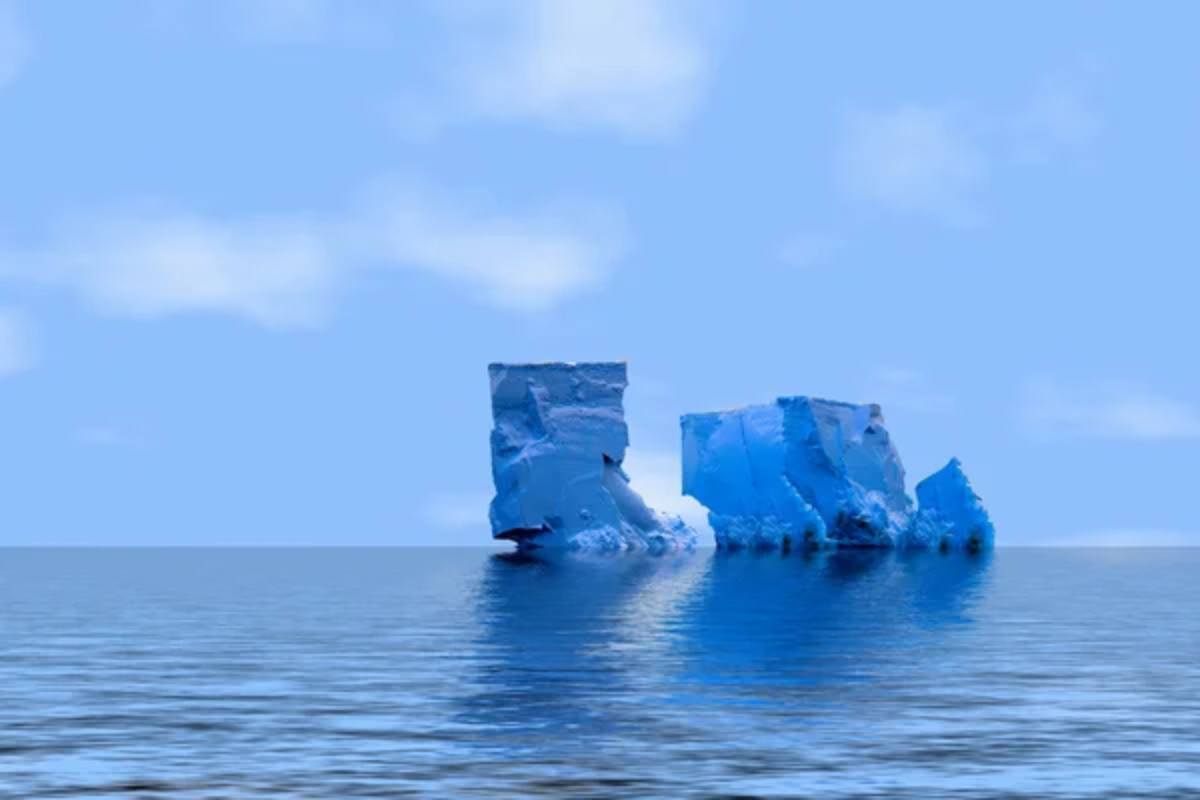
Antarctica continues to evolve as a destination, balancing increased accessibility with strict environmental protections. Each visitor returns with a profound appreciation for this pristine wilderness—a place where humans remain temporary guests rather than permanent residents.
The activities available showcase both Antarctica’s extraordinary natural features and humanity’s enduring fascination with Earth’s last great wilderness. These experiences create ambassadors for polar conservation, ensuring this remarkable continent remains protected for generations to come.
More from Travel Pug

- 20 Towns Built for One Purpose That Were Later Abandoned
- 15 Hidden Spots in Disney World’s Magic Kingdom Most Visitors Miss
- 20 Once-Popular Beach Towns That Are Now Ghostly Empty
- 15 Canyons in the U.S. That Are Just as Stunning as the Grand Canyon
- 10 Under-the-Radar Mountain Towns That Are Both Affordable and Beautiful
Like Travel Pug’s content? Follow us on MSN.
